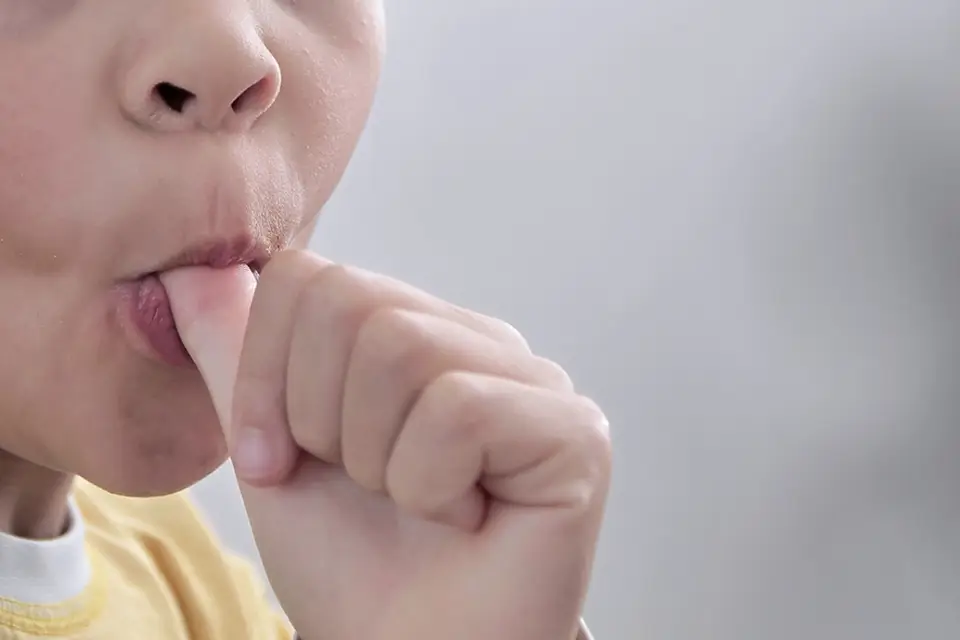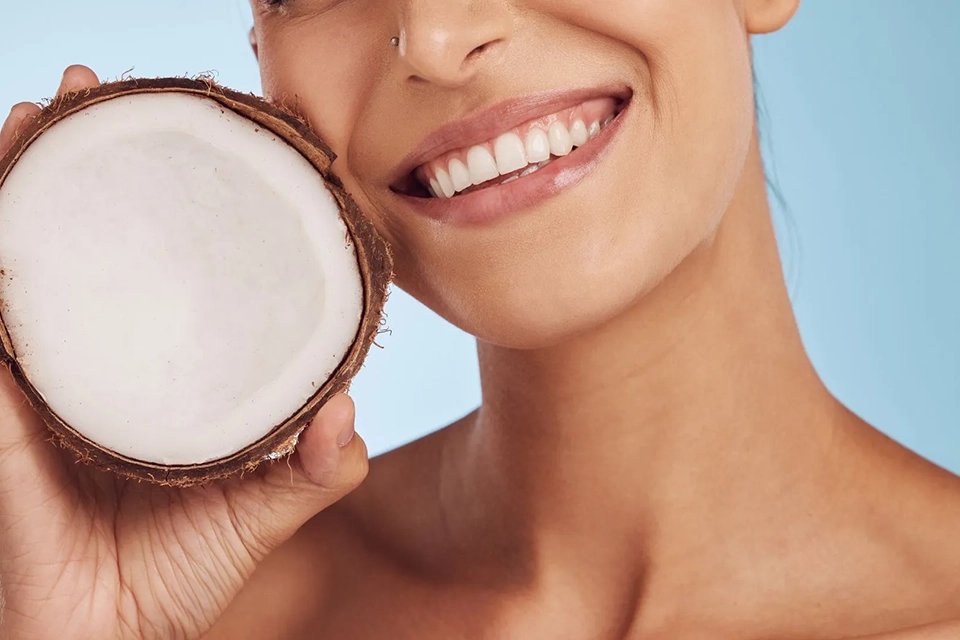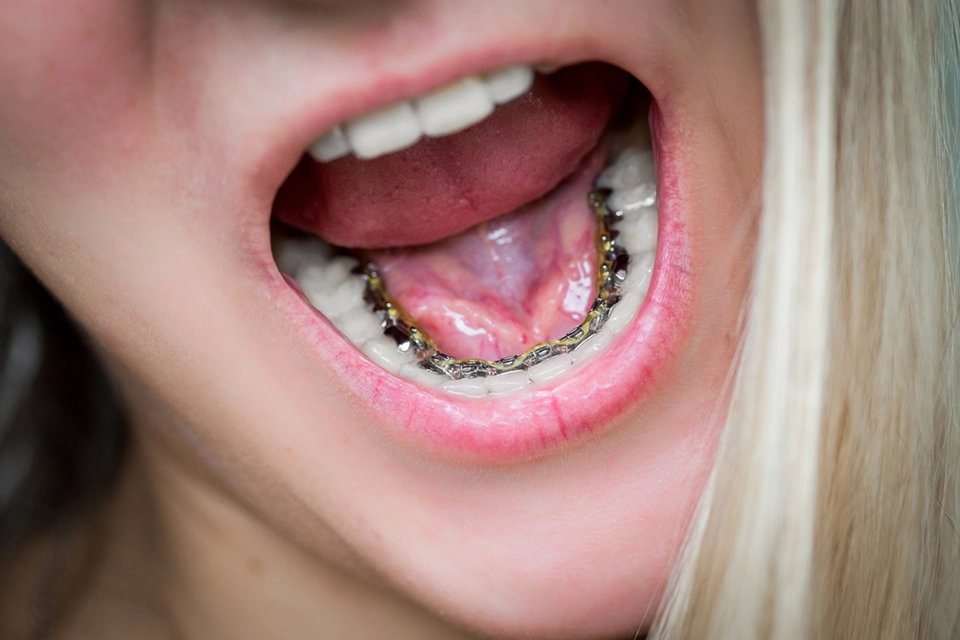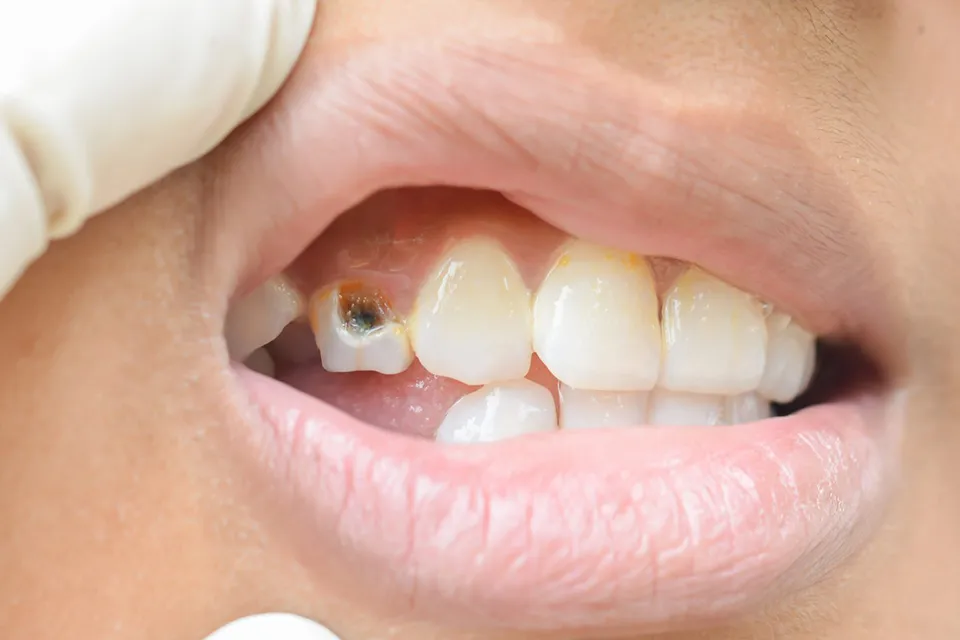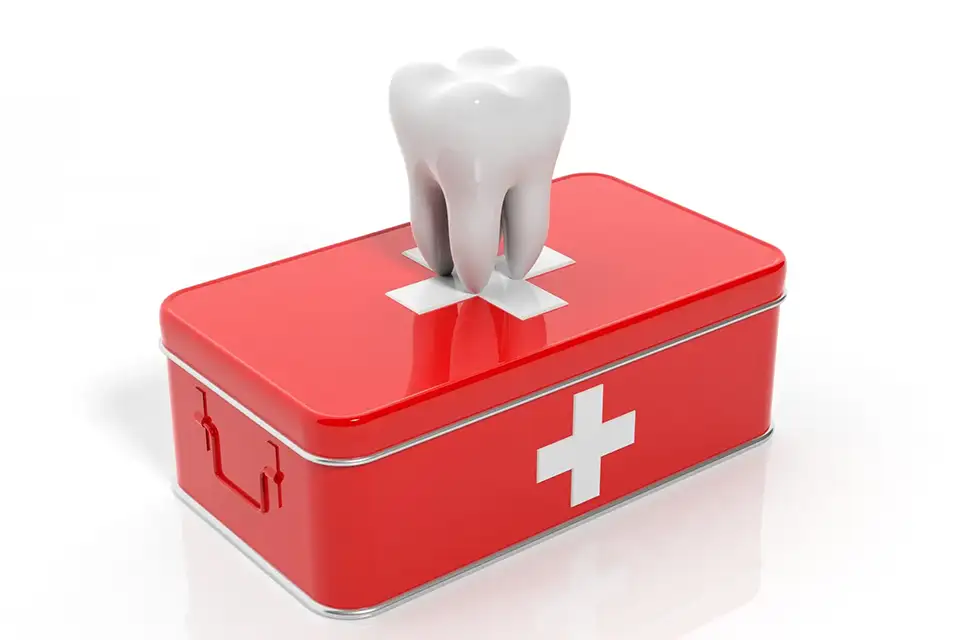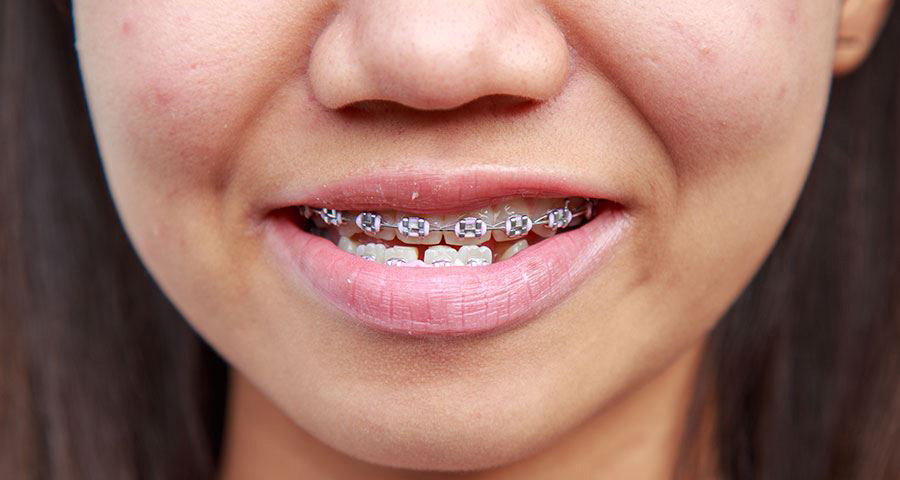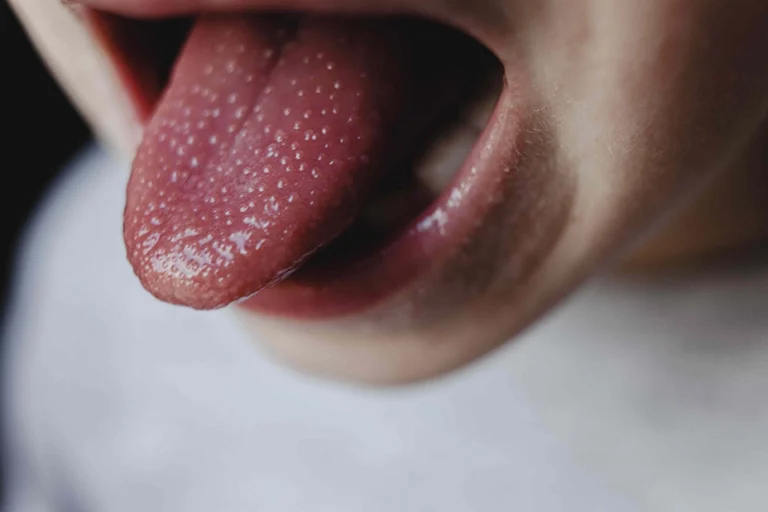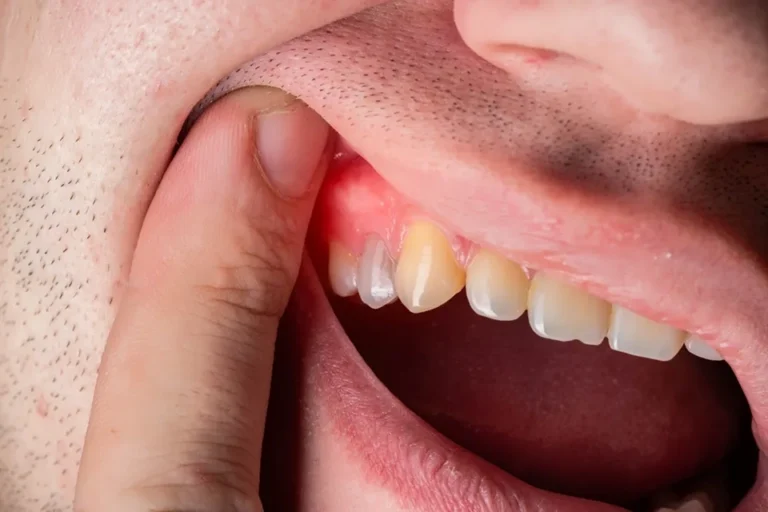Orthodontists use the term underbite to refer to class III malocclusion. You will also find your dental expert refer to it as prognathism. People with this condition have the lower jaw teeth extending farther outward. When in a complete bite, the front upper jaw teeth will appear behind the front lower jaw teeth. This condition mostly creates the appearance of a bulldog in the patient’s face. Cases of this malocclusion are grouped into severe, whereby the extension is far much outwards and mild where the condition is nearly unnoticeable.
This malocclusion is a little more than just a cosmetic issue. People with mild cases tend to learn how to live with the condition. However, severe cases are pretty dangerous and can lead to lots of oral health-associated problems.
If you have a severe case of an underbite, you might find yourself having the following oral issues:
- Difficulty in chewing and biting
- Speech challenges
- Pain in the mouth and face due to the particular misalignment of your jaw and other problems
To understand how to treat this condition with Invisalign or braces, you need to understand its causes.
What Causes Underbite Malocclusion?
Proper teeth alignment ensures that your molars (the full flat teeth in the back of your mouth) fit into each other. This kind of alignment will ensure that you don’t bite the insides of your cheeks, your tongue, or during eating. Teeth misalignment is a product of several factors. These factors include:
Childhood Habits
Developing an underbite in the childhood stages is very probable due to factors like:
- Tongue thrusting against the teeth
- The sucking of the thumb
- Pacifier usage beyond age 3
- Prolonged bottle-feeding past the infant years
Genetic Makeup
Most cases of this malocclusion are genetic. If there exists a person in your family with an underbite, then you will probably get it. It is also the genetics that decides on the size and shape of teeth. Other genetic causes of this malocclusion include:-
- Teeth congestion, where your teeth stick very close together.
- Impacted teeth
- Abnormally shaped teeth
- Cleft palate or lip
- These conditions will probably cause a malocclusion in your teeth.
Injury
An injury to the face can be the cause of permanent damage to the jaw. Repairing a jaw is achievable using different treatments. However, it is not always that your jaws will fit together after a surgical realignment. If they don’t fit, then you will probably find yourself with an underbite.
Tumors
If you develop a tumor in your jaw, the jaw could grow farther outwards, leading to an underbite.
How to Treat an Underbite?
Now that you understand the causes of an underbite, you might be wondering what the treatment is and how effective it is. The treatment of this malocclusion is very dependent on the severity of the case. Some cases will need a less extensive procedure, while others will require complicated procedures like the surgery of the jaw. However, in this article, we will be looking at the two most common methods of treating underbite. This orthodontics apply to almost all malocclusions and cover a good extent of effectiveness. If your underbite case is not that extreme, simple use of braces or clear aligners like Invisalign is enough.
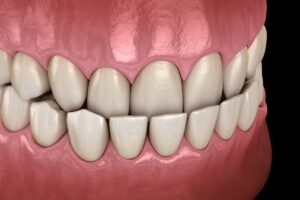
How to Treat Underbite with Invisalign?
An Invisalign is a clear, custom-made aligner that is used by dental experts to fix malocclusions. This clear aligner is interchanged with other corrective devices in every two weeks. This process goes for approximately eighteen months for the best effects to take place. Invisalign is similar to other dental retainers used in orthodontics to prevent teeth from moving from their corrected positions.
To correct your underbite using Invisalign, your orthodontist will need to get an impression of your teeth. This impression will be taken by your dentist or any other dental expert. Your orthodontist or any other dental expert will need to study the alignment sizes. These sizes include the width of the affected jaw. In the case of an underbite, this is always the lower jaw. The extent of the outward growth of the lower teeth is also important to the orthodontist. This is because it tells how extensive the procedure is and whether Invisalign will cut it.
How Does It Work?
When you visit an orthodontist or any other dental expert, you will go through some process. This process is to determine if you are eligible for Invisalign’s use to correct your teeth misalignment problem. The expert will typically do some digital scans of your teeth using a scanner and also some digital X-rays. The records from this procedure will then be sent to Invisalign, whereby they will evaluate the instructions. Using computer imaging technology, mostly 3D, your doctor will create a treatment plan for your teeth.
This treatment plan is designed to move your teeth from the initial position to the desired position. The orthodontist will then review the plan created to ensure it is the right one for you. If the review is approved, your clear aligners are made.
How Does Invisalign Fix Underbite?
Invisalign aligners come in sets. You will wear each set for approximately 1- 2 weeks at a time. These clear aligners are made with a gradual change in mind. With each set of Invisalign aligners, your teeth move in small increments to their desired positions. This means that with the next set of Invisalign aligners, your teeth are straightened further.
Since the teeth on the Invisalign trays are straighter, the aligners exert pressure on your crooked teeth to match the aligners. This process continues for the prescribed duration. In the meantime, the changing set of aligners will be moving your teeth little by little into their preferred position. After an approximate of 18 months, your teeth will be completely straightened to their final position.
For the best outcome, it is important to make visits to the orthodontist every 6-10 weeks to ensure that your underbite treatment is working out as planned. During the treatment duration, you will probably wear an approximate of 20 – 50 Invisalign aligners. However, this is dependent on individual cases. Some require more sets of aligners, while others require more sets of Invisalign aligners.
For the best results, it is advisable to use your aligners full time during your underbite treatment. Orthodontics recommended that you put on your Invisalign aligners for an approximate of 22 hours of each day. This should run for the whole duration of the treatment of malocclusion. If your aligners are off most of the time, your teeth will not be in the correct position by putting another set. This will be passed on to the other remaining sets. If this happens, by the time you complete the circle, your teeth will not be in your expected positions.
It is also important that you remove your aligners during meal times. If you have a drink that is not water, you should also ensure that you remove them first. After completion of the treatment duration, your orthodontist will determine if you need to put on another set of aligners. This is purely dependent on the success of the previous set of aligners.
Some of the benefits you will get from Invisalign include:
- The aligners are invisible
- They are easy to brush and floss
- You can remove them during particular events
- No restrictions with food
How to Fix Underbite Using Braces
When dealing with more severe cases of the underbite malocclusion, using clear aligners like the Invisalign aligners will not be effective. As already pointed, Invisalign trays work by exerting pressure on your teeth. This pressure is applied to the top of the tooth downwards to the root. Invisalign is also removable, which tends to make the process of realignment have drawbacks.
For most severe cases, braces are a great choice since they stay put during the whole treatment period. Orthodontics requirements in this procedure ensure that there is no time for a relapse.
Just like Invisalign, orthodontic braces work by exerting pressure on your teeth. This moves the teeth in the correct direction and position. The arch-wire exerts the pressure; however, all the tiny pieces in the brace work together to hold the tooth.
How Do Braces Work to Realign Your Teeth?
Braces work by cushioning your teeth by the tissue of your gums. Below the gum, there is a membrane that covers the lower half of your teeth. We refer to this membrane as the periodontal membrane. Therefore, when the braces exert pressure on your teeth and force them to move, they also pressure the membrane.
Due to the pressure put on your membrane, it will stretch out and allow each tooth to move. The bands and bars on the orthodontic braces will then push it on the other side. This creates shifting space for the tooth.
Another way that the braces work is by remodeling your bones. This might sound pretty intimidating, but it is a great thing.
Teeth respond to the pressure put on them by adapting. Through this adaptation, your teeth will shift into new positions as directed by the braces.
To keep the process running each day, the heat in your mouth forces the arch-wire on the braces to bend. This shapes your teeth into the perfect arch of your dental arch. Apart from mending the malocclusion, the following are the benefits you get from using braces to correct your underbite:
Reduced Risk of Tooth Decay and Gum Disease
Normally, malocclusion causes gaps in teeth. This leads to food debris getting accumulated inside the gaps. The debris then turns into the plaque that eventually leads to gum disease. Since braces help in realignment of the teeth, they remove the spaces that food debris might get stuck. This makes your cleaning of the teeth much easier, leading to a lower risk of tooth decay.
Closing of Gaps in Your Teeth
Apart from having an underbite, you will probably be having gaps in your teeth. The repositioning and realignment of your teeth by braces closes this gap giving you a perfect smile.
Heals Jaw Pain
Malocclusions can lead to joints in the jaw. This causes your jaw to turn into self-correction to fix the crookedness of the teeth. The effect of this action is headaches and painful jaws. Braces eliminate the joints in the jaw and put it in the correct position.
Stronger Teeth
Braces tend to fix your teeth into a position with a very tight fit. This makes your teeth stronger for your biting, chewing, and crushing needs.
It is, however, essential to note that braces are only effective when dealing with occlusion problems. Braces will not correct jaw malformations. A jaw malformation could cause the most severe cases of malocclusions. This would be an extensive severity case that would need the use of an extensive procedure like surgery.
A perfect smile gives you a happy appearance. Apart from the aesthetic benefits, you will also get to do away with the oral problems associated with the malocclusion. To get started, you can find orthodontics service in your place that will offer you the best solution for your malocclusion. If you live in Houston, one such clinic with the best treatment and consultation orthodontics is Zara Dental. Here you will find multiple solutions and options from which you can make your choice.
FAQ
Q. Will braces fix my underbite?
A. Yes. Braces can fix underbites ranging from mild to medium severity. Extreme cases might need surgery.
Q. How do I choose the best treatment?
A. Malocclusion treatments are based on the needs and severity of the case.
Q. Can I have my underbite fixed with braces?
A. Yes. You can get your underbite fixed with braces depending on your needs and how extensive the case is.
Q. Are orthodontics effective in the correction of an underbite?
A. Yes. Orthodontics offers the best solution for any malocclusion.
Q. What is orthodontics?
A. Orthodontics is the specialty that involves the diagnosis and correction of teeth misalignments.
Q. How much shall I pay for Braces?
A. See our guide to How much Braces Cost in Houston, Texas

